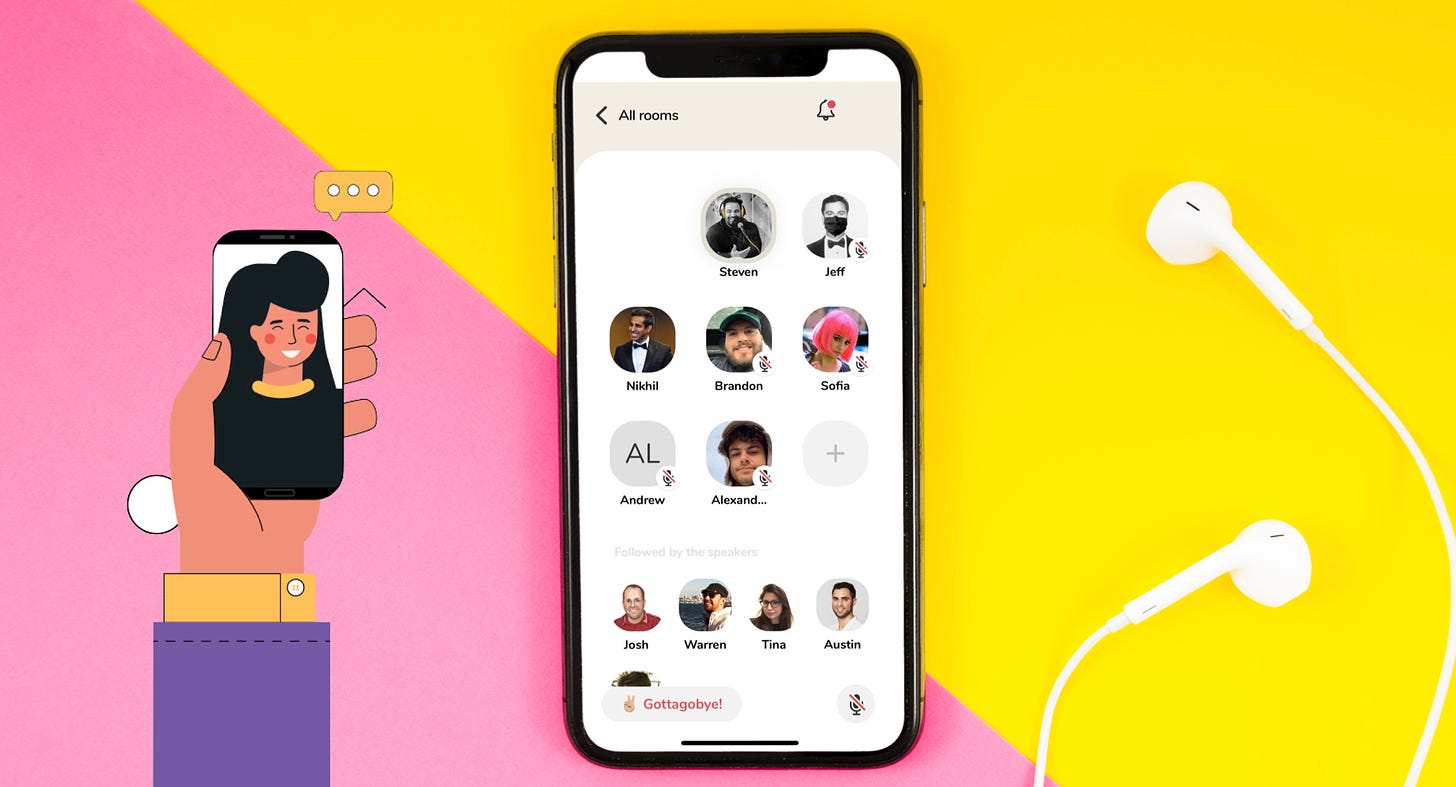Negative Network Effects
Airbnb, Dropbox, Fortnite, Facebook, Whatsapp all, other than being massive businesses with hundreds of millions of users, have something in common. Their success is driven by network effects.
Network effects provide the biggest defensible moat in the digital world. Not only that, they also account for over 70% of the value creation in tech.

Often overlooked, however, are negative network effects and their impact on users, communities, and products.
Wait, I thought you just said network effects are great. What are negative network effects?
Negative network effects happen when, as users and product usage increase, the user experience degrades and the value to users decreases. They mainly happen in two key ways: network congestion, and network pollution.
Network Congestion
Just like everyone independently streaming Netflix at home makes your wifi slow and your streaming buffer-y, network congestion is when too many users reduce the core utility of a product, overshadow (and in some cases completely erode) the initial value proposition, and degrade customer experience.
Network Pollution
This is when too many users leads to an overload of irrelevant or undesired content. LinkedIn is the best example of this. The wider my professional network gets, the more my feed is filled with :poop emoji: like this

These negative network effects are particularly magnified in products focusing on intimacy and community.
Clubhouse
The early days of Clubhouse were magical. Pop-up audio rooms filled with serendipity and interesting conversations. Audio as a medium (vs. text) felt more personal and got the early users hooked. Much better than a podcast, because everyone could participate, early users were like-minded (tech community), and room sizes were small and manageable. Early network effects were powerful, driven first by the FOMO generated by its invite-only strategy and rave reviews from early users, and then by celebrity sightings in the app.
In the past few months, the floodgates opened. Clubhouse went as high as #14 on the App Store. Right on cue, the negative network effects started kicking in.

Watercooler conversations, but make it 100s of people?
Room sizes immediately ballooned. 10-30 person rooms now have hundreds, even thousands. This has two major effects. First, it prevents users from being able to have any meaningful participation or engagement in the conversation. In that sense, the rooms regress into live podcasts, rather than an active two way conversations. Second, the intimacy is gone. You can’t really make new one on one connections in 200-1000 person rooms where everyone is trying to get a word in. In this case, history kind of repeats itself AND rhymes. This is exactly what happens to all social platforms. They go from social networking (intimacy, connections, conversations, high participation), to social media (low participation, high consumption).
What are you even talking about right now?
The number of rooms has also skyrocketed. But it is harder than ever to find high quality conversations. The feed is polluted with irrelevant conversations. Some weird and inappropriate, some outlandish and crazy, and some straight up disgusting. Antisemitic conversations in particular have found a home on Clubhouse. And now that Tai Lopez is on Clubhouse, scam-preneurs are likely to be the next wave.

It’s not all negative. It has also given rise to creative new content formats like the live performance of Lion King by voice actors for 5000 people. It was phenomenal and extremely creative. Clubhouse is going to create a whole new category of audio first social content. To further embrace their new status as social media, they have also launched a Creators Club. Cool stuff, but the new Clubhouse just hits different, and not in a warm fuzzy way.

Value Leak
As the social “network” morphs into social “media”, the core public networking functionality starts to leak. Sometimes off the platform into other platforms. Often within private messages and groups within the platform. A classic example of this is Twitch. When it started, communities were small and intimate, fostering meaningful connections among the viewers and the streamers. As audience size grew, Twitch’s community value leaked, fueling the rise of Discord. Twitch failed to capture that value. Similarly, for most Twitter accounts, the real value has shifted off the public timeline, and into DMs. So much so, that users are willing to pay just for Twitter DM functionality.